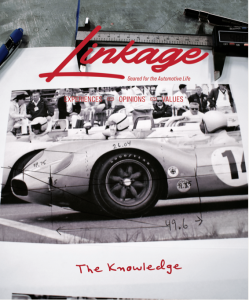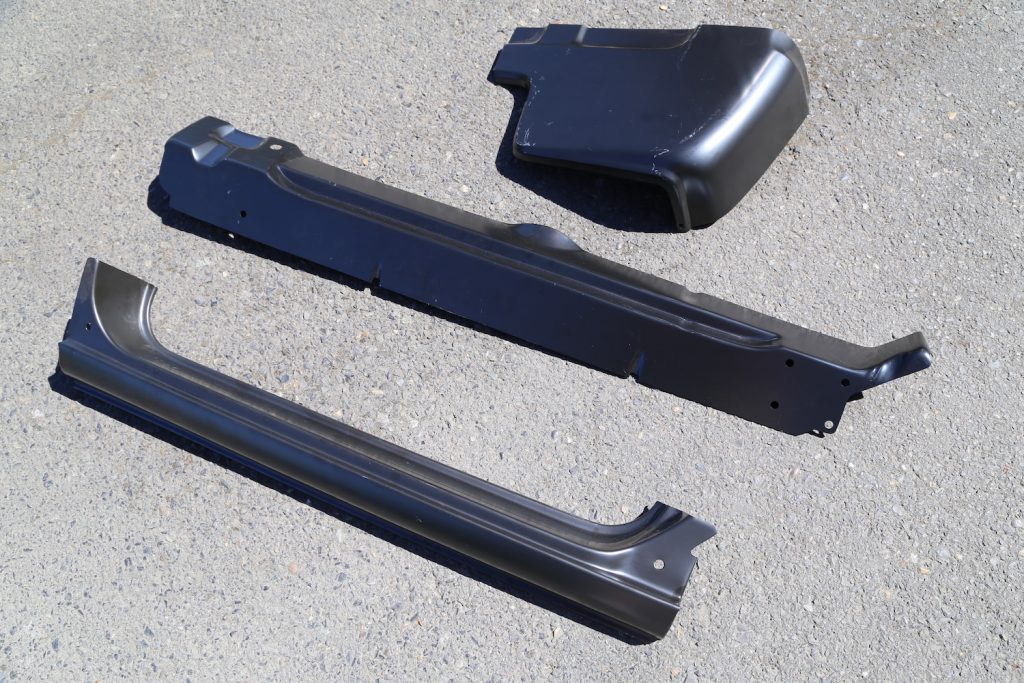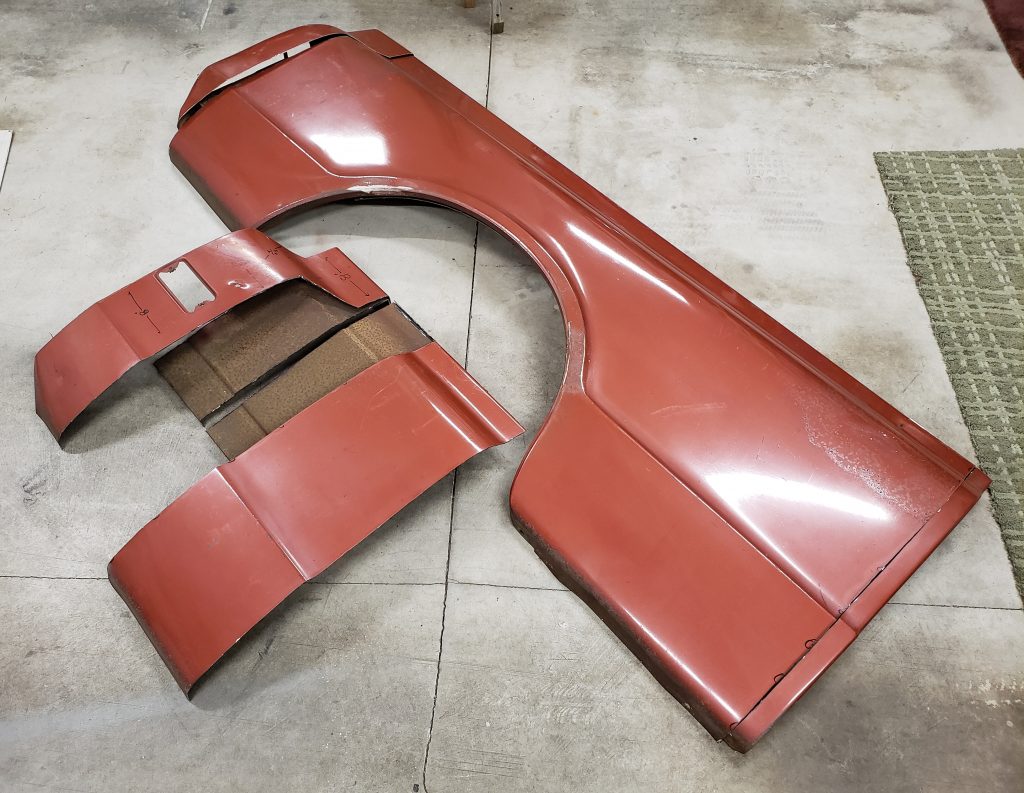
My column in the most recent issue of Linkage dives into some of the work I’ve been doing on my 1967 C10 project — specifically surrounding shortening a set of truck bedsides.
GM built their 1967-72 trucks in three different overall lengths — a standard longbed, a longer longbed and a shortbed. Among the group, the shortbed has become the version to have, and that’s driven people to figure out how to convert the longer versions into shorter ones.
Now, there are purists out there who sneer at the thought of cutting up original sheet metal, but I’m not a subscriber to that notion — especially when it comes to old pickup trucks, of which there are thousands and thousands still in backyards and junk piles. It’s not like turning a four-seater Enzo-era Ferrari into an SWB. These are trucks we’re talking about here. Might as well have some fun.
So for me, making a shortbed wasn’t a problem. The main question was if I should just cut down original bedsides, or if I should source reproduction pieces and leave the cutting wheel and welder in the corner of my shop.
I picked OE metal. Why? Because I thought cutting them up would end up being less work than fiddling with aftermarket pieces.
A Close Approximation
I don’t think there’s ever been a better time to restore a car. I don’t care if it’s a truck like mine, a Corvette, a GT350, an Avanti or a Model T. Current supply chain issues aside — and that’s a completely separate issue — there are more available components for a wider range of cars today than just about ever before.
But here’s the rub: While there are more available parts out there today, many of them are what I’d call close approximations of the original pieces. They fit. Kind of.
I think most car builders who have actually had hands on parts lately will agree. These days, you can assume that every aftermarket part or piece you intend to install on your car is going to require some kind of special attention to fit it the way it’s supposed to fit. This is true with everything from quarter panels to gauge clusters.
There are components out there that fit better than others. The trick is knowing which ones they are — and where you can source them.
But generally speaking, the reproduction part stigma is why NOS parts have been so expensive for so long — they tend to fit properly, from body to trim to electrical. All this is key to understanding what makes a great restoration so challenging — and so expensive if you’re not doing it yourself. You either pay more for NOS parts, or you pay more for labor to get reproduction pieces to fit properly — or to have pieces fabbed from scratch.
If you are DIYing it, the expense comes in your time, both in learning how to make things fit, and in just doing the work.
Install or Fabricate?
Restorers must be problem solvers, and the problems they face can come in all shapes and forms. The very pieces they’re using can be suspect — and at least in the case of sheet metal, the need for light fabrication has become industry standard over the past few decades.
You can’t blame the parts builders, either. In many cases, they’re reverse engineering components or using worn-out original tooling to continue making parts, and they’re often doing it offshore, where quality control is a lot more challenging to nail down. So your quarter panel has a bend in the wrong place, or it’s too long, or it’s too short. Or maybe it’s just slightly the wrong shape overall.
The economics of the situation pretty much dictate the methods this manufacturers are using, but they also dictate the outcome. That outcome creates the challenge — making things work — but for people like me, that challenge is the fun part. And it’s also part of why today’s restorers are more skilled than ever before.
They need to be. Even something as simple as a rocker panel replacement requires developing some skills your average garage warrior might not already have.
It may seem irritating at first when you’re that restorer, but this is a net positive. You stand back and size up the issue, and you learn to solve the problem. You then take that knowledge with you, like a tool in a toolbox. The best restorers have seen — and fixed — it all, and they have those experiences all saved up for use again in the future. Today’s restorers don’t just fit things. They make things fit.
That said, things are starting to change.

Lately, I’ve been finding more reproduction pieces that fit like originals. The car world has been trending this way for a while now, and builders, educated by experiences and by knowledge gained through word of mouth, are voting with their wallets. The rift between some key reproduction parts and NOS parts is starting to close, which makes the finished product of a restoration that much better.
As for me, the choice in cutting down bedsides versus buying repro pieces taught me a lot, and it’s made me much more comfortable in diving into projects that I might not have tried before. Cutting up a truck isn’t exactly restoration work, but the exercise is instructive. It’s knowledge for the problem solver’s toolbox — and something you can’t get by installing perfectly reproduced pieces.













More Stories
The Future of Muscle
Finding GM Gold
Snapshots from Monterey